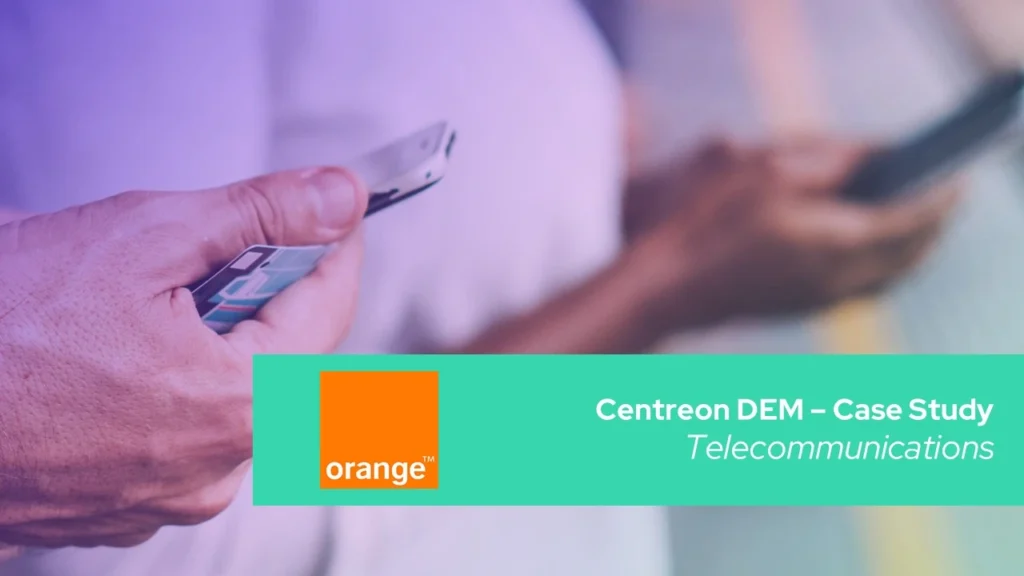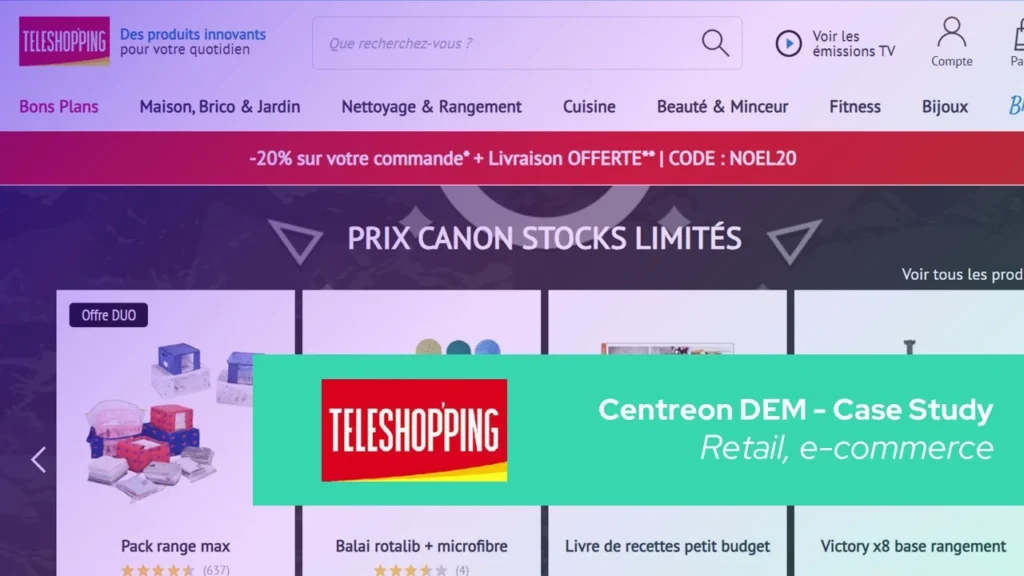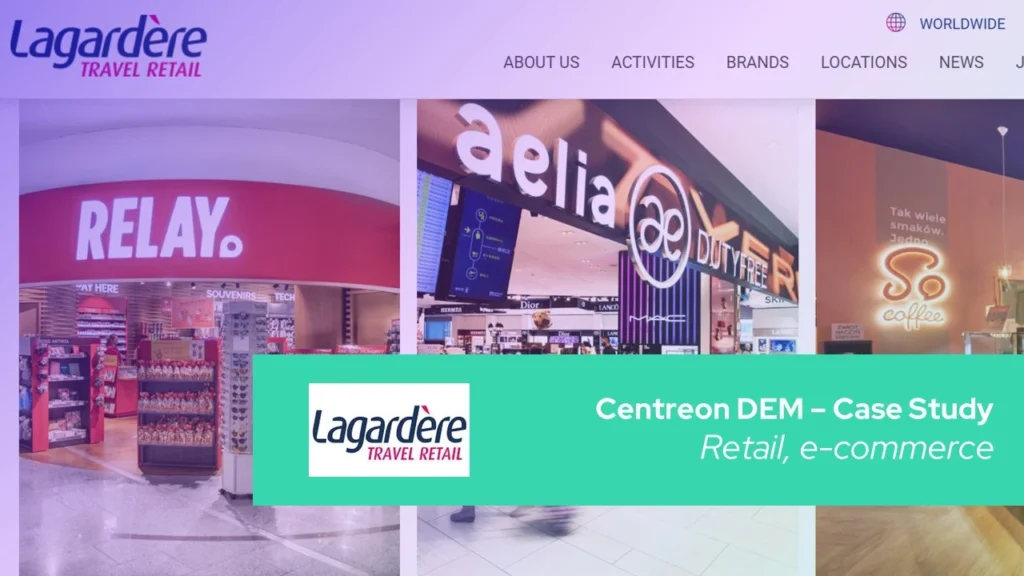Google Cloud Platform (GCP) Monitoring
Google Cloud Platform Monitoring with Centreon: Comprehensive & Cost-Efficient Visibility

OVERVIEW
Understanding Google Cloud Platform (GCP) Monitoring
Google Cloud Platform (GCP) is one of the most widely used public cloud platforms, delivering a vast array of services, including Infrastructure-as-a-Service (IaaS) and Platform-as-a-Service (PaaS). Organizations of all sizes leverage these services to efficiently manage platforms and drive innovations in a secure cloud environment.
Managing such complex resources presents significant challenges. It’s critical for organizations to maintain visibility across every layer of the infrastructure to diagnose performance issues promptly and optimize their cloud resources. This is especially important as applications running on GCP are often mission-critical. Without a robust monitoring strategy, it becomes difficult to track system performance, resource usage, and operational metrics effectively.
The Importance of Monitoring GCP Services
As businesses move to the cloud, GCP monitoring becomes essential for ensuring service availability, performance, and cost-efficiency. GCP provides various services, such as compute, storage, and networking, which require constant oversight to prevent bottlenecks and outages. Effective monitoring gives organizations actionable insights into resource usage and performance trends, helping them respond to issues before they affect the end user.
Challenges in Managing GCP Services and Infrastructure
Monitoring GCP services is challenging for a variety of reasons. First, the sheer number of services and the dynamic nature of cloud environments can make it difficult to monitor everything manually. Moreover, GCP operates under a shared responsibility model, meaning Google manages cloud security, but customers are responsible for managing the data and applications hosted within the cloud.
Additionally, many organizations have migrated to hybrid or multi-cloud environments, adding complexity to monitoring efforts. Without the proper monitoring tools, these organizations risk dealing with siloed data and fragmented visibility across different cloud platforms, leading to inefficient troubleshooting and higher operational costs.
Key GCP Monitoring Requirements
A solid GCP monitoring strategy involves tracking both system-level metrics and application performance metrics. Monitoring should cover:
- Infrastructure metrics: CPU utilization, memory usage, and disk I/O.
- Operational metrics: Database connections, network traffic, and request latency.
- Performance indicators: Uptime, response time, and throughput for cloud applications.
By tracking these metrics, organizations can proactively address performance bottlenecks and ensure seamless cloud operations.
Google Cloud Architecture Framework and Monitoring
Google provides clear guidance on how to structure solutions using their services, placing a heavy emphasis on monitoring. Several pillars of the Google Cloud Architecture Framework focus on the importance of implementing strong monitoring strategies:
- Set up Monitoring, Alerting, and Logging: Ensuring all systems are observable.
- Observable Infrastructure and Apps: Ensuring every layer of the GCP infrastructure is monitored.
- Efficient Alerting: Setting up actionable alerts based on real-time data.
GCP comes equipped with built-in tools like Google Stackdriver to help with monitoring, but these tools should be part of a broader, more comprehensive monitoring strategy that integrates all cloud and on-premise infrastructure..
HOW WE HELP
How Centreon Helps You Monitor Google Cloud Platform
Centreon offers a complete solution for GCP monitoring, enabling full visibility into your cloud infrastructure. This is achieved through seamless integration with GCP services, ensuring businesses can monitor their cloud environments with minimal effort.
Seamless GCP Monitoring Integration with Centreon
Centreon provides a range of out-of-the-box GCP connectors that simplify the process of discovering and monitoring Google Cloud services. These connectors allow for the automatic discovery of cloud infrastructure, enabling organizations to monitor all relevant metrics from the very start.Using Centreon, teams can establish standard monitoring policies that cover all essential services, from Google CloudSQL and Compute Engine to Google Storage. The connectors ensure that critical metrics, such as CPU usage, network traffic, and disk I/O, are captured and analyzed in real-time.
Automated GCP Discovery and Alerting
Centreon’s GCP connectors work seamlessly with the GCP API, automating the discovery of cloud services. Once GCP accounts are connected, Centreon begins collecting metadata and performance metrics from various cloud services. These metrics are monitored against predefined thresholds, ensuring that alerts are triggered as soon as anomalies occur.
For example, the Google Stackdriver connector enables users to filter and monitor specific metrics, such as logging data, enabling teams to detect unusual patterns, like failed login attempts or abnormal traffic spikes. By automating this process, Centreon ensures that organizations can respond quickly to potential performance issues or security threats.
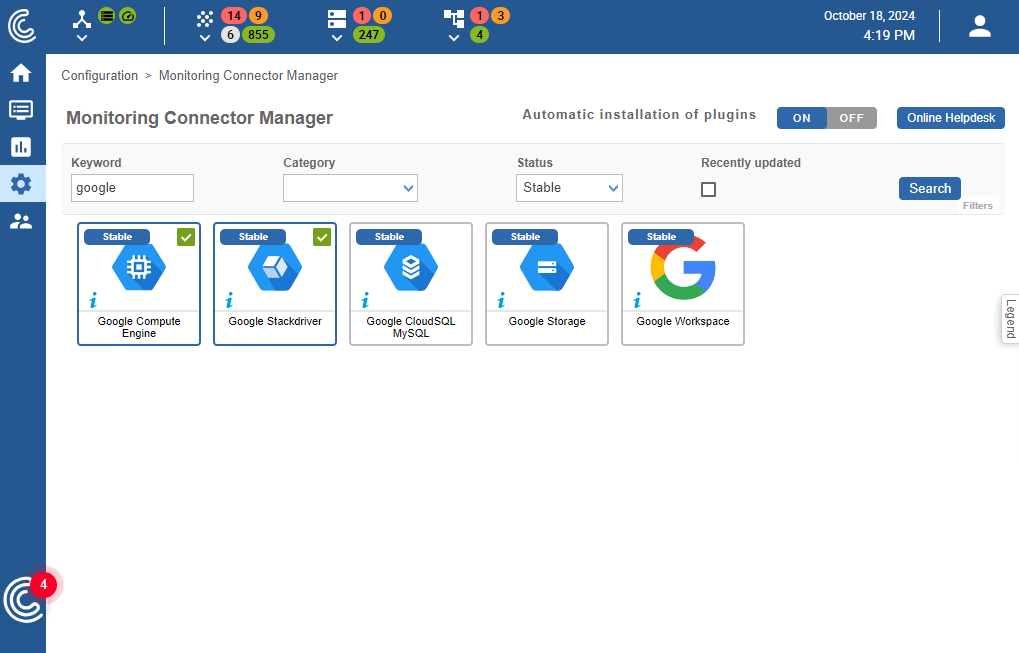
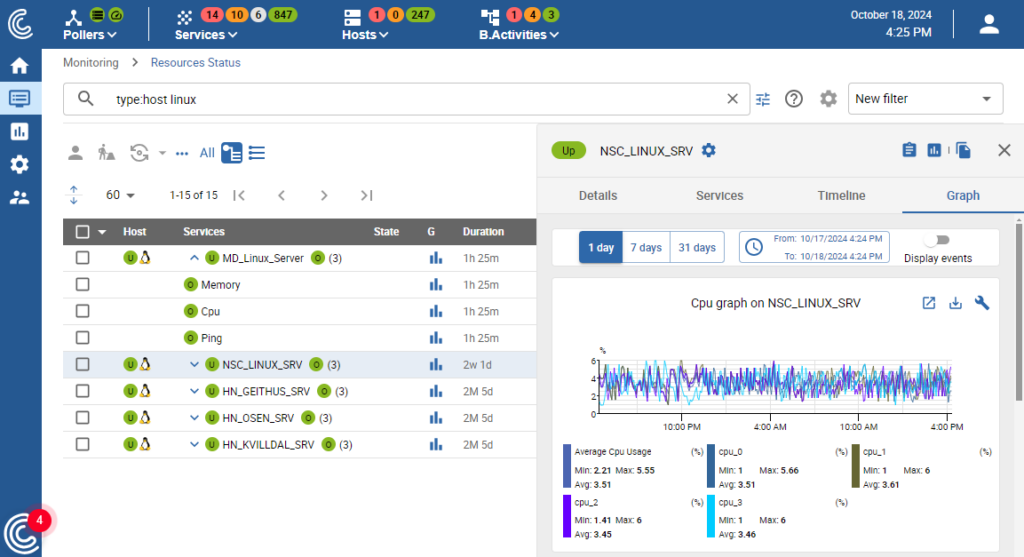
Multi-Source and Multi-Cloud Monitoring
As organizations increasingly move toward hybrid or multi-cloud environments, Centreon provides the tools needed to maintain comprehensive visibility. Centreon connectors can monitor resources across multiple cloud providers, ensuring that organizations avoid vendor lock-in and maintain full control over their infrastructure.
Centreon also supports agentless monitoring, allowing for easy integration with GCP services via APIs, SSH, or other protocols. Alternatively, users can deploy agents on Google Compute instances to gather more granular data, such as memory utilization or disk usage.
Visual Dashboards and FinOps Alerts
Once GCP metrics start flowing into Centreon, the data can be displayed in custom dashboards that offer a complete view of the cloud environment. Centreon supports application maps, which allow teams to visualize dependencies between systems, databases, APIs, and other components. This helps teams understand how different parts of their infrastructure interact, both within GCP and across hybrid or multi-cloud setups.
Additionally, Centreon’s Business Activity Monitoring (BAM) feature adds a business context to cloud metrics, allowing organizations to link performance data with business outcomes. This includes FinOps alerts, which notify teams of potential issues with cloud costs, enabling them to adjust resources to prevent overspending.
Teams can set up notifications through a variety of channels, including email, PagerDuty, Slack, or Microsoft Teams, ensuring that critical alerts reach the right people at the right time.
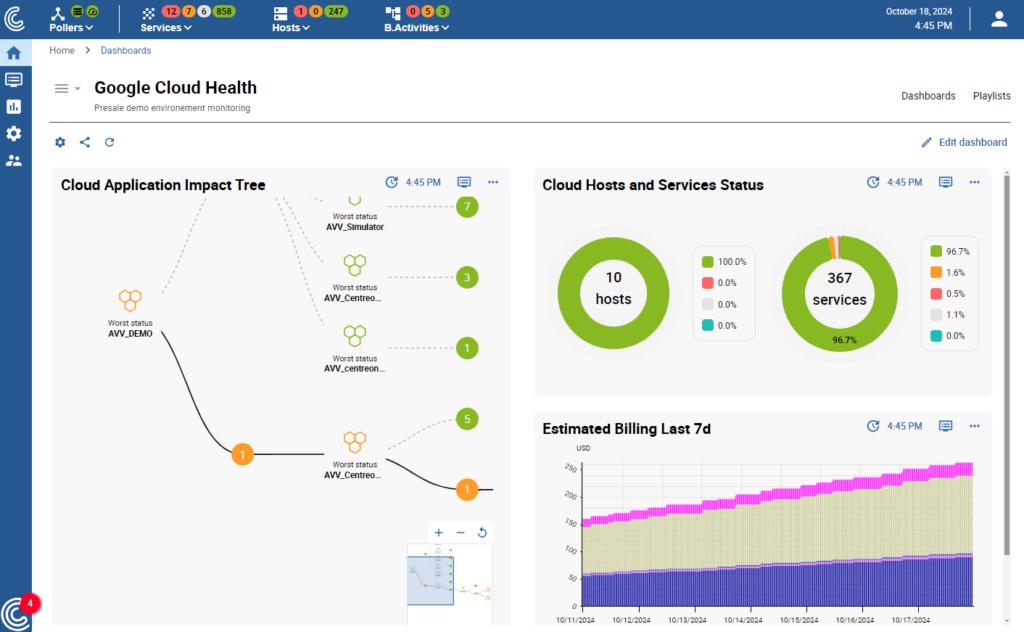
CENTREON BENEFITS
Centreon Benefits for Google Cloud Platform (GCP) Monitoring

Cloud & “Not Cloud”
Centreon captures the entire infrastructure of IT workflows, from applications to middleware to equipment, whether cloud or “not cloud.” Such comprehensive visibility ensures complete control of digital performance.

SLA Management
Centreon links business processes to IT infrastructure, giving you a complete picture of digital performance. IT availability is continuously calculated and tracked against SLAs, visible in dashboards so that business and IT KPIs are always in sync.

Extensive Integrations
Centreon’s near-infinite integration possibilities enable a tailor-made and comprehensive observability environment that no other integrated monitoring solution can provide.
More from Centreon
Ready to see how Centreon can transform your business?
Keep informed on our latest news



